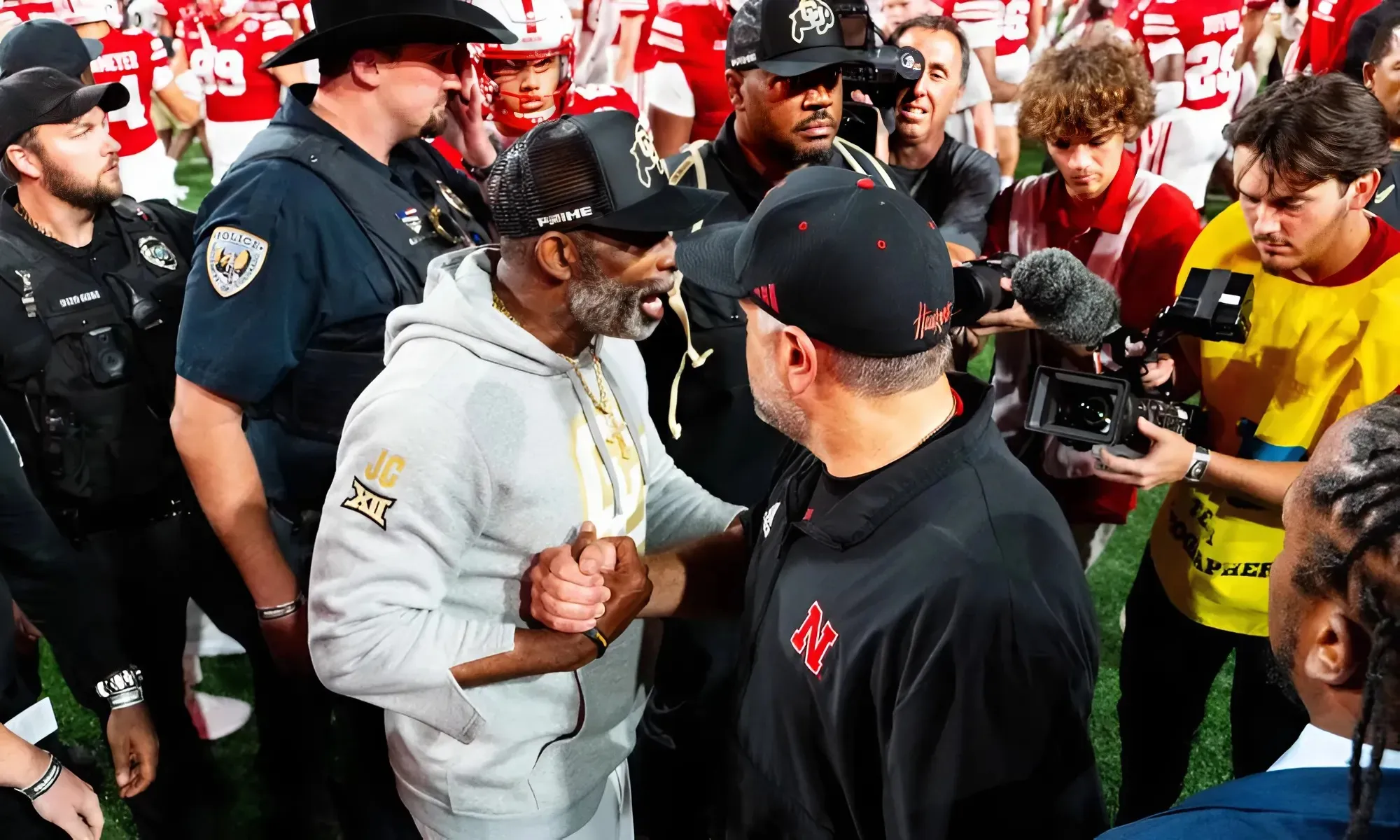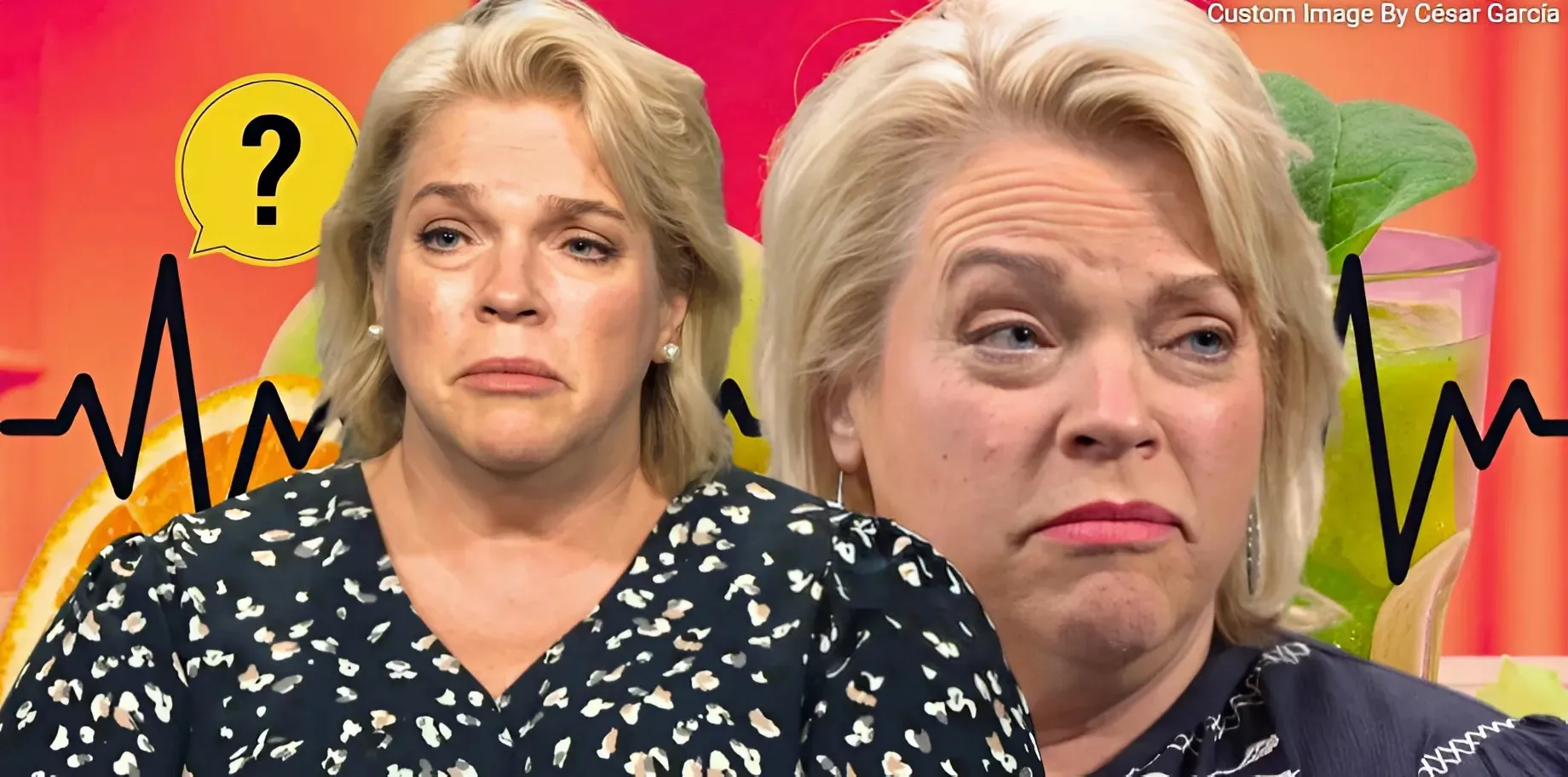
Whoops!
Page not found!
The page you are trying to reach cannot be found. In the meantime feel free to search or check out the articles below.

🔥 Who made the cut for Britain's Got Talent 2025 Golden Buzzer? You won't believe who got the golden ticket! 😱✨ Drop your guesses below! 👇 #BGT2025
-1740454584-q80.webp)








-1740450986-q80.webp)